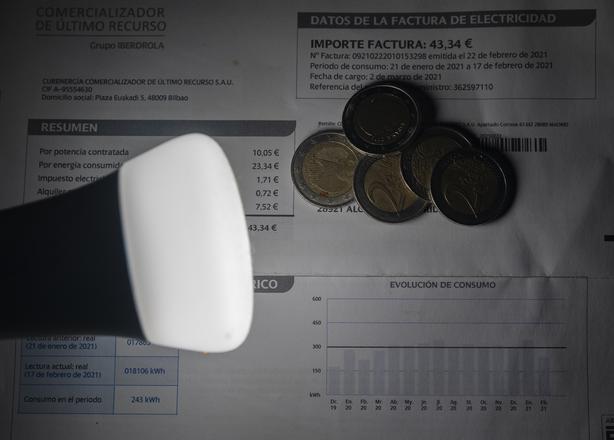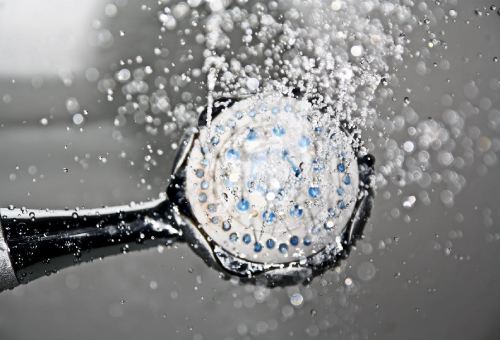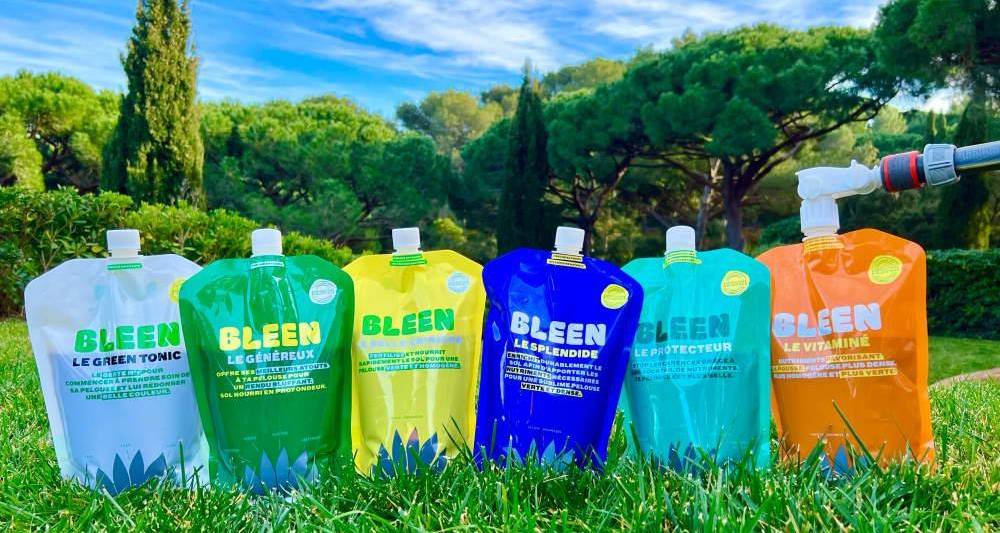Making the washing machine cheaper and more 'green': This is how sustainable rates are to combat the rise in electricity
If rising energy prices or repeated alarms from scientists about climate change have taught consumers anything, it's that where energy comes from matters. In an exercise of transparency, the National Commission for Markets and Competition (CNMC) approved on December 13 a new format for the labeling of electricity on consumer bills.
With this new measure, which will take effect from April of next year, consumers will be able to find out which energy sources produce the electricity that runs their washing machine and lights the light bulbs in their home. To this end, the invoice will include a sectoral diagram that will specify what percentage of each energy source has been supplied by the retailer to its customers and will break down the equivalent CO2 and radioactive waste generated by said energy sources.
Some retailers have been creating greener rates for some years now, adapting to the demands of customers who are increasingly committed to the environment. According to the CNMC comparator, for an average consumption of a household in Madrid (3,000 kWh in a year), there are currently 34 offers of electricity from renewable sources from 20 different marketers. They are known as "green offers" and include all those 100% renewable energy sources -solar, wind, etc- or high-efficiency cogeneration -the use of the heat itself from the energy production processes to generate electricity, which may come from from non-renewable sources.
Naturgy, Hola Luz, Imagina Energía or Esfera Luz are some of the companies that offer their customers electricity offers of this type. Of all of them, it is Natrugy that offers the lowest rate with its Light Commitment Rate: around 836.86 euros per year for 3,000 kWh. According to the company, this offer, especially aimed at domestic users, "reinforces Naturgy's responsibility and vocation for service, and highlights its strong commitment to sustainability." In this way, Naturgy has registered a total of 75,000 contracts with this rate, according to data from the marketer itself.

Total Energies and Endesa are the next top sellers in the ranking, with offers ranging between 877.12 and 914.25 euros per year during the first year, including taxes. A tu aire (Total Energies) and ONE Luz (Endesa), like the rest of the offers, do not include a penalty for breaking the contract.
Not all of these offers maintain the same price during the two years of the contract. This is the case of the A tu aire rate, which only sets the price during the first year, unlike most rates of this type. "While other offers from other competitors guarantee a price for two or three years, we are setting a price for one year because the futures markets are forecasting a significant drop in the cost of electricity in 2023", clarifies Ignacio Javier Vázquez, director Marketing and B2C of Total Energies.
Even so, the reception of this offer "is being spectacular", they say from the company, which is proud to have reduced the rate of 85% of the users who have made use of its invoice comparator available on its website - some 7,000 people- who to date have achieved an average saving of 25% of their annual bills. About 300 euros according to the estimates of Total Energies.
Most of the offers are aimed at any type of customer, although these offers are also used as a hook to attract new consumers, who, according to the companies, are more committed to the environment and demand more offers of this type. "All our offers that we are using right now to attract new customers are renewable", specify from Total Energies, who affirm that this has been the strategy since 2019. In this way, at least eight of the thirty offers are exclusively aimed at new consumers . Three of them, with the lowest prices of the entire ranking.
In contrast, only nine electricity offers continue to originate from non-renewable sources. Ignacio Javier Vázquez considers that the tendency is for this type of offer to end up occupying a reduced place in the market. In fact, the company's bet is to reach 100% renewable energy by 2023.
At the moment, only 43% of the energy produced in Spain in 2020 came from renewable energy sources, according to data from the Results of electricity labeling related to energy produced in 2020, prepared by the CNMC. Another 23% originated from nuclear energy and 17% from Natural Gas.
With the explosion of renewable energy facilities and green tariffs, the vigilance of the CNMC has also increased, which has developed the new labeling in an effort to avoid the greenwashing strategies of the marketers. This measure has been received with open arms by the companies, who consider that "any action or initiative that facilitates the communication and understanding of the invoices by the customer is positive", they have stated from Naturgy. An opportunity that Total Energies considers to be highly aligned with its "commitment to generate clean energy for the market", and that offers affordable alternatives to ordinary families.
According to the criteria of
The Trust ProjectLearn more








2761